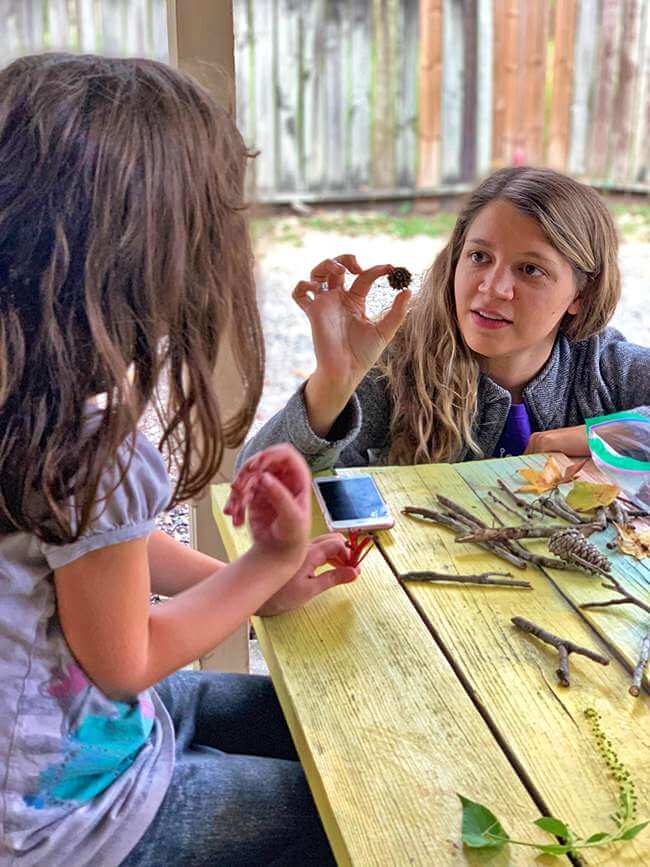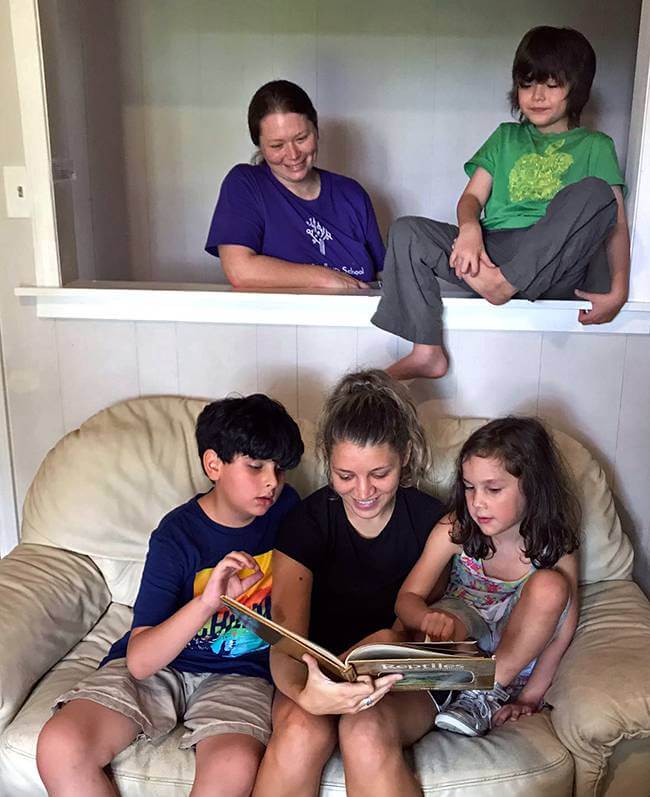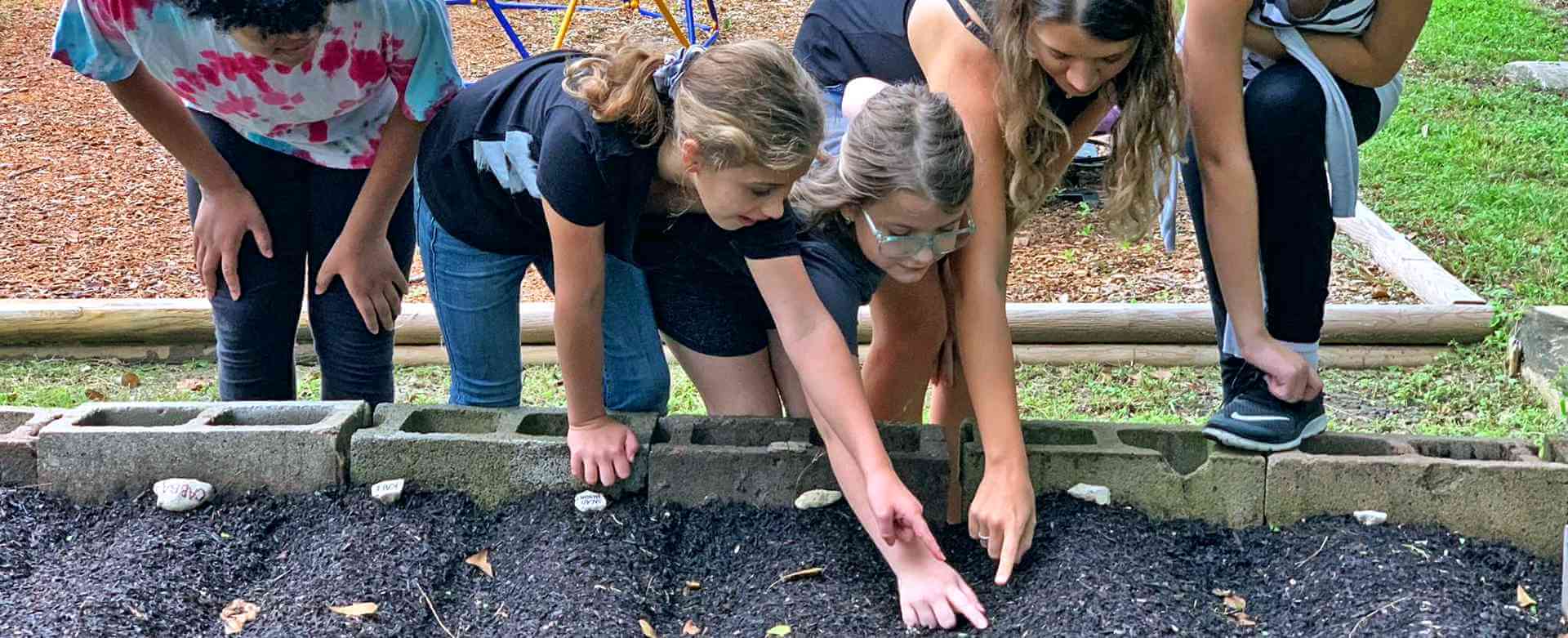Dr. Peter Gray, author of the book Free to Learn and columnist for Psychology Today magazine, often explores the benefits and drawbacks of different educational environments. He has published studies about Self-Directed Education which he defines as “education that derives from the self-chosen activities and life experiences of the learner.” His research primarily focuses on a model of education that started in the United States with a school called Sudbury Valley. The Sudbury Valley School, and many other Sudbury schools that have been established since, focus on students self-directing their own learning. This model is directly contrary to the conventional education system which focuses on state and teacher-directed curriculum.
As a former public school teacher of 5 years and a public school graduate myself, I have experienced the conventional school culture. Currently, I am working as an intern at Houston Sudbury School, which is, as I have seen, the complete opposite structure of public education. After hearing about my current endeavor, many people have asked me my opinion on a challenging question, about which I have also wondered: What makes a school successful?
When discussing school success, Dr. Gray looks at the overall happiness of the kids attending. He asks, “Are the kids happy?” and states, “If they aren’t, then the school is a failure.”

Based on my observations, I can definitely assert that kids at Houston Sudbury School are happy. In turn, by Dr. Gray’s criteria of happiness, this example of Sudbury school methods is succeeding. I believe that young people are happier at Sudbury than the students I observed in conventional schools because of three important aspects of the Sudbury model. Sudbury provides a place of happiness by removing arbitrary stresses that conventional school imposes, by allowing students personal and educational autonomy, and by giving space for true socialization to occur.
Generally, public school students are unduly stressed. Many of the stressors that plague conventional education are arbitrary and external, not based in the drive or desire of the individual. Students at HSS are happier, largely because the Sudbury model does not value practices that induce arbitrary and meaningless stress. Houston Sudbury School allows students to self-direct their own education, which relieves a significant amount of stress for kids, especially those who see little or no purpose in the imposed curriculum. Because there is not a specific curriculum and no evaluations or grades, students can feel free of stress that they may experience in a conventional learning environment. And, because there is no homework or standardized testing, students have the rest of their lives outside of school free to spend time with family and friends.
This is not to say that Sudbury students do not have stress in their lives or that they are happy every single moment. But, as Houston Sudbury School founding staff member Cara DeBusk puts it, a school can either add to the stress students already experience or provide a safe place of relief from some of the stresses in their lives. The Sudbury model definitely provides this relief.
Another important aspect of the Sudbury model that contributes to overall happiness is the autonomy children are given over their own lives. Self-Directed Education in a Sudbury school means that students choose what they do and how they spend their time at school. This means that students can follow any interest they have and see where it leads, often allowing for deeper learning and creative thinking. This also means students can address their own physical and emotional needs without permission or help from an adult (unless they want it). In a Sudbury school, if a kid is tired, he sleeps. If a kid is hungry, she eats. If someone has to use the restroom, they go – all at their own discretion. This autonomy allows kids to feel control over their own lives and empowers them to live a life where self-care and personal interests are valuable. No one else’s agenda (including adults’) takes precedence over the student’s. Sudbury also allows them to learn responsibility because they are held directly accountable for their decisions. There is no teacher or parent to point a finger at; no one else is responsible for the student’s learning but themselves. This autonomy helps kids develop the skills needed to balance the freedom and responsibilities of life, leading to fulfillment and happiness.

The third aspect affecting student happiness is the freedom and time given for natural socialization. Sudbury schools value and understand the developmental need growing kids have for social interaction. In a Sudbury school, students are not separated by age and have the freedom to play, talk, and collaborate with older and younger peers. Also, students are not constantly under the supervision and control of adult authorities. Therefore, kids have the freedom to communicate with each other without intervention or judgement from adults. By removing forced adult interference and allowing age mixing, the older kids often take on more of a mentoring role, advising younger peers when communication challenges arise. In addition, because they have autonomy over how they spend each day at school, students can have private conversations and can work through conflicts on their own time.
Conversely, in conventional schools, (especially in middle and high school) the only real times that allow socializing are between classes and at lunch. But, in both of these, students are generally rushed, trying to eat or get to the other side of the school building. The priority, it seems in conventional education, is on covering academic materials. Many conventional teachers and parents say, “you go to school to learn, not to socialize or make friends.” I would reply that socializing is a critical part of learning because communication skills are needed in all walks of life. In addition, communicating almost always results in learning. Sudbury schools acknowledge and value socializing as a vital part of learning how to work with others and form deep connections. Having these deep friendships promotes feelings of safety and acceptance. And, without unrequested adult interference, authentic problem solving and conflict resolution skills can grow.
In a recent Houston Sudbury School blog post, one of the school’s parents reflects on how the Sudbury model has impacted her son.
...my son seems so much happier and calmer since going to Houston Sudbury. I look back to a year and a half ago when I was worried about him being so unhappy and worried he would be a school dropout. Now, I am so proud of him and so excited to see him flourish and find what his passions are.
13 year-old TedX speaker Logan LaPlante says, “if you ask a little kid, [what they want to be when they grow up] sometimes you’ll get the best answer: ‘When I grow up, I want to be happy.'” From a very young age, children have an internal desire for happiness and fulfillment. The Sudbury model promotes cultivation of this happiness from the inside out. By removing external stress, promoting autonomy, and allowing socialization, Sudbury schools make happiness easier to find. These three aspects of the model make Sudbury schools, by Peter Gray’s standards, successful. Sudbury education frees the oppressed child and allows a place where a love of learning and feeling of happiness can flourish.
If you enjoyed this article and feel called to give back to ASDE, here are ways you can support our work:
- Donate money
- Share our content with others! Click one of the buttons above to easily share on Twitter, Facebook, or email.
- Consider becoming a Contributor for Tipping Points
Tipping Points Magazine amplifies the diverse voices within the Self-Directed Education movement. The views expressed in our content belong solely to the author(s). The Alliance for Self-Directed Education disclaims responsibility for any interpretation or application of the information provided. Engage in dialogue by reaching out to the author(s) directly.






